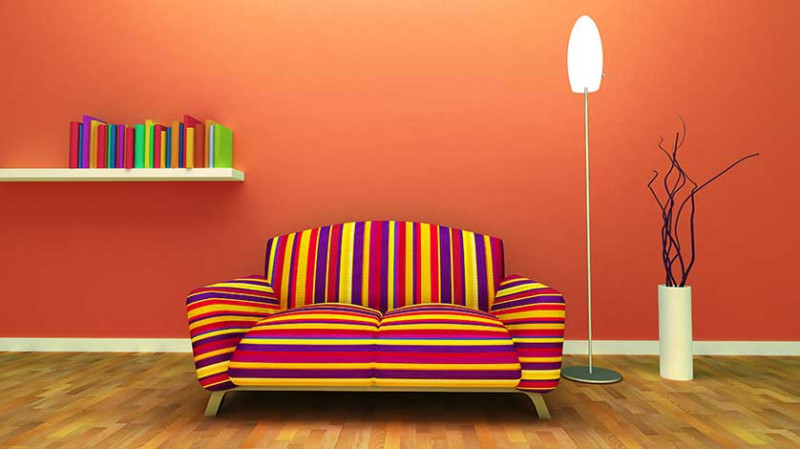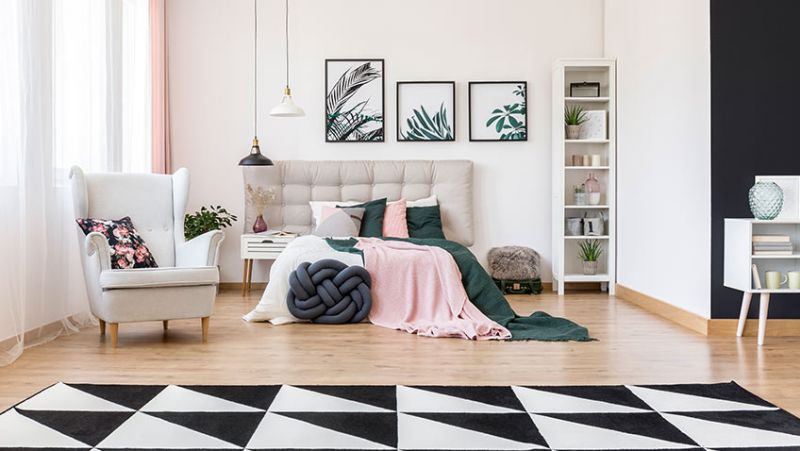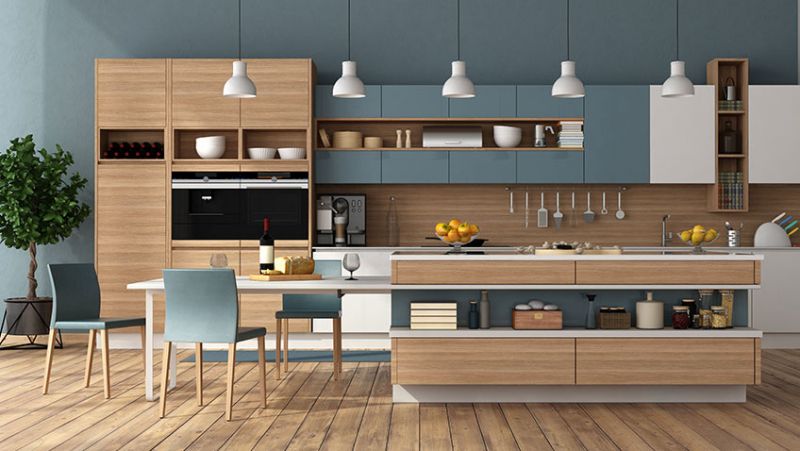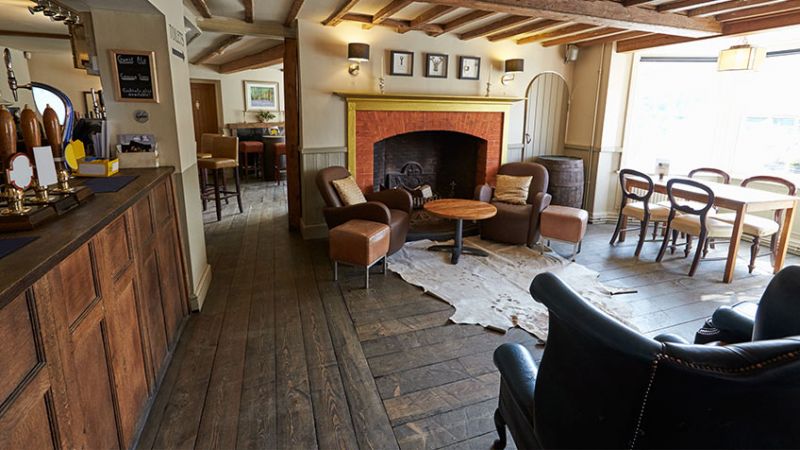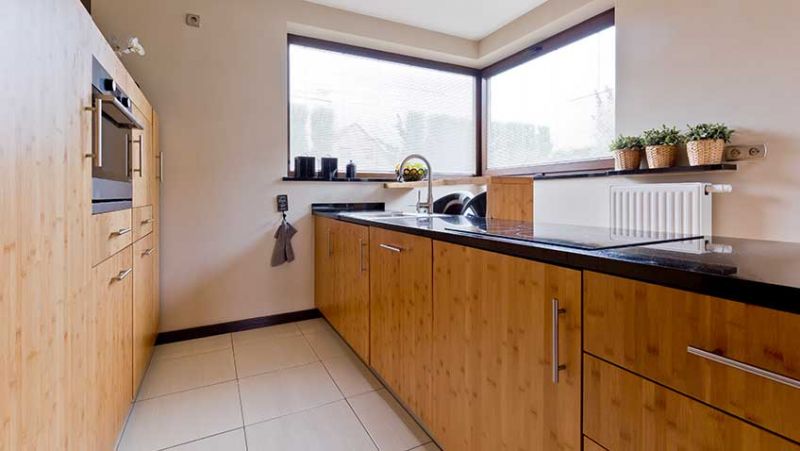
Which is better for your home-painted or stained cabinets? Both have their own unique benefits and drawbacks, so it can be difficult to decide which route to take. Painted cabinets are a great way to brighten up a room and add some personality, while stained cabinets can give a more classic and sophisticated look to your home. Here's a look at some of the pros and cons of each option to help you decide which is best for your home.
Painted Cabinets
A Clean Look
If you're looking for a sleek and consistent look in your kitchen, paint is a great option. It provides complete coverage of wood grain, knot holes, and natural color variations between each cabinet. You'll get cabinets with even, consistent coloring that's perfect for modern decor styles. When it comes to kitchen cabinets, there are a few different options to choose from. Wood, laminate, and paint are the most common choices, with each having their own unique benefits and drawbacks. Paint is a great option if you're looking for a clean look. It can be used on blue or white cabinets, or even on the white cabinets popular in farmhouse-style kitchens. The downside is that paint hides the features that give wood its character. Expensive wood cabinets will lose much of their distinctive, luxury appeal.
More Color Choices
More color choices can give your kitchen a whole new feeling. Stain limits your color options to something that’s more or less a natural shade of wood. With paint, your choices are nearly unlimited. You’ll have more ways to express your sense of style and more control over the ambiance you create in the room. You can have cherry red or lemon yellow cabinets that give the room a cheerful, sunny feel or paint your cabinets charcoal grey or indigo for a moody atmosphere. Uncommon colors, such as Merlot red or olive green, bring a unique character to the room.
A Better Choice for MDF
While you can stain MDF (medium-density fiberboard) cabinets, the result won’t look as good as stained wood. Stain works so well on wood because it brings out the wood’s natural features, in particular the grain. Because MDF doesn’t have grain, stain results in a largely flat, brown surface with minimal color variations to add interest. Paint, however, covers MDF beautifully. Even white and pale cream shades can make inexpensive MDF cabinets look almost identical to pricey wood models.
MDF also accepts paint more readily than wood. Wood tends to be porous, so it absorbs paint unevenly. This results in an overall blotchy appearance, even after several coats of paint. MDF is more consistent in its texture, so it tends to accept paint more evenly. This results in a smoother, more uniform paint job.
If you do decide to stain MDF cabinets, be sure to use an oil-based stain rather than a water-based one. Water-based stains can cause the MDF to swell and potentially ruin your cabinets.
Overall, paint is a better choice for MDF cabinets than stain. Paint will give you a smoother, more uniform finish that closely resembles wood, while stain is more likely to result in a blotchy, uneven finish.
Stained Cabinets
When staining your cabinets, it is important to choose the right color. You will want to consider the overall look of your kitchen and the feel you are trying to create. For a more traditional look, go with a darker stain. If you want a more modern look, go with a lighter stain. You will also want to make sure that the stain you choose is compatible with the wood type of your cabinets.
Natural Beauty
When it comes to wood, many people think that the natural look is the best look. This is where stain comes in. Stain can enhance the natural color of the wood while bringing out the texture of the grain and knot holes. This makes the most of what is already there, making it perfect for traditional or rustic decor styles.
The charm of stained wood cabinets is coming back into style. On cabinets made from wood with a prominent grain, stain usually gives better results than paint. With stain, grain becomes an attractive feature instead of a flaw the paint failed to cover.
Greater Durability
Stain provides a greater durability for your cabinets and is less prone to chipping or cracking around the joints. It also stands up to humidity better and is less likely to show wear and tear. If you're looking for a finish that will last, then stain is the way to go. On painted cabinets, scratches and nicks are difficult to cover with a putty crayon or stain marker.
With stained cabinets, however, these blemishes are simple to hide. This is because the natural color of the wood can easily be matched, no matter how old the cabinet is. Painted cabinets, on the other hand, often change color over time, making it difficult to find an exact match. Stained cabinets also have the advantage of being easier to repair. If a section of your stained cabinet gets damaged, you can simply sand it down and refinish it.
Easier for DIYers
When deciding if you should stain or paint your cabinets, there are a few things to consider. First, staining is more forgiving of mistakes and will hide brushstrokes better than paint. Additionally, it is often less work to apply stain than paint - you may only need one coat instead of several. However, you will need to sand the cabinets and finish them with a protective topcoat regardless of which route you choose. Ultimately, the decision comes down to personal preference and what will best complement your kitchen's style.
Lower Costs
In general, stain costs around 10 to 15 percent less than paint. However, this difference can be more significant in small rooms. For example, in a room with 15 linear feet of cabinet space or less, the difference is negligible. But in a room with more than 30 linear feet of cabinet space, you could end up spending hundreds if not thousands more to paint your cabinets rather than stain them. The same goes if you’re buying new, finished cabinets because the manufacturer will pass the cost difference on to you. So, if you’re trying to save money, staining your cabinets is usually the way to go.
When it comes to the cost of your cabinets, there are a few things to consider. For one, the type of material your cabinets are made out of will affect the price. Painted cabinets are typically more expensive than stained cabinets, because they require more upkeep. You also need to think about the color you want. While some people may prefer the look of stained cabinets, they can be more expensive to maintain. On the other hand, paint can be cheaper to maintain and may give you more flexibility when it comes to color choices. In the end, it’s up to you to decide what’s most important to you and what will work best for your home.
